10: Lancia 037 Stradale | Produced: 1982 | Number Built: 207 | Price: $47,000 (conv.)
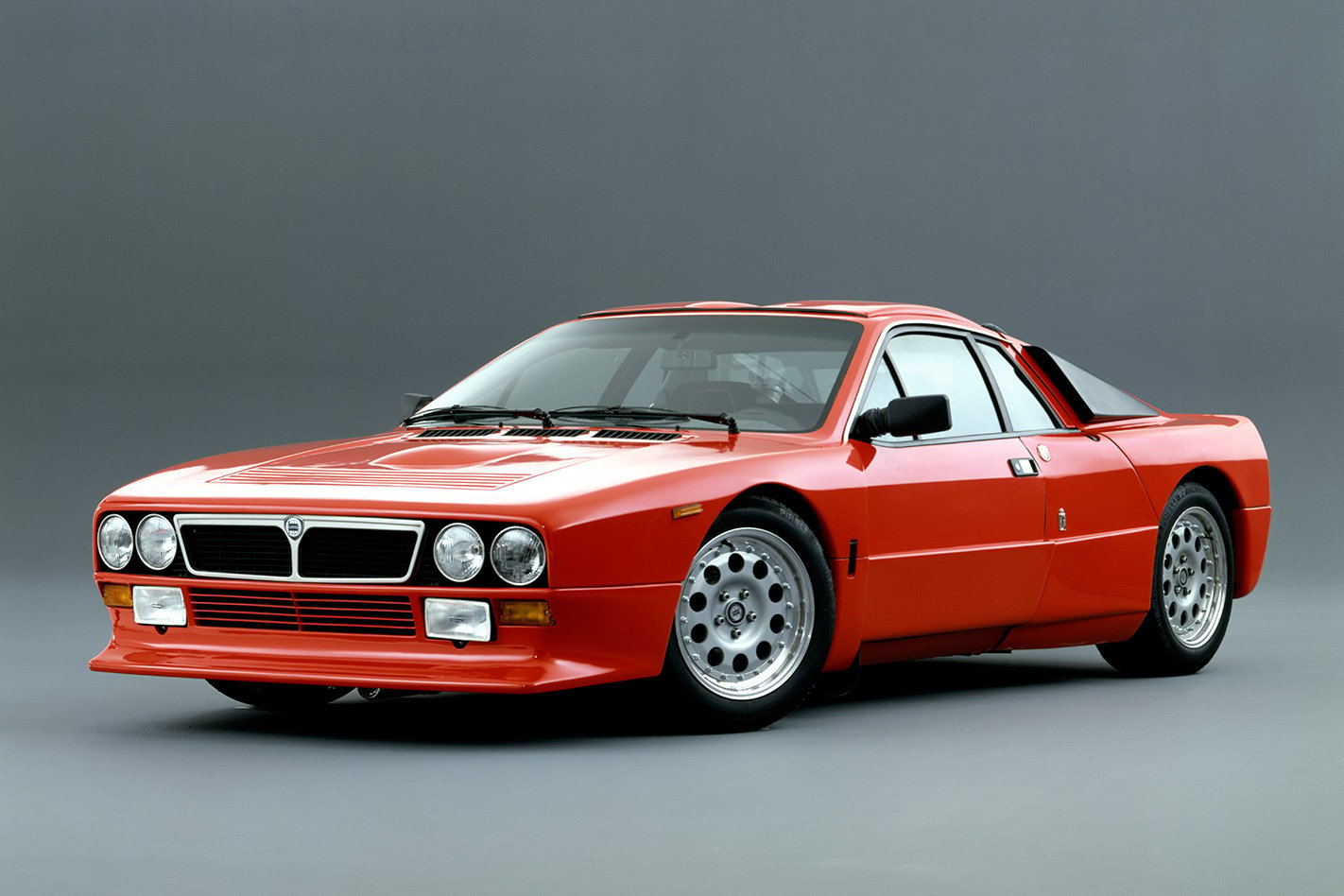
When Lancia needed 200 road cars to enter Group B, it (and Abarth) put a lot more thought into the 037’s pedigree than its name.
Under the Bertone-designed Kevlar body panels was a Stratos-like structure and new tube frames with high-end suspension.
A blown 2.0-litre four bolted to a ZF transaxle offered 153kW on road or as much as 260kW when racing. Plenty to push 960kg and fast enough to beat Audi’s quattro A2 in 1983 and become WRC’s last rear-wheel drive winner.
9: Dodge Charger Daytona | Produced: 1969-70 | Number Built: 503 | Price: US$4776
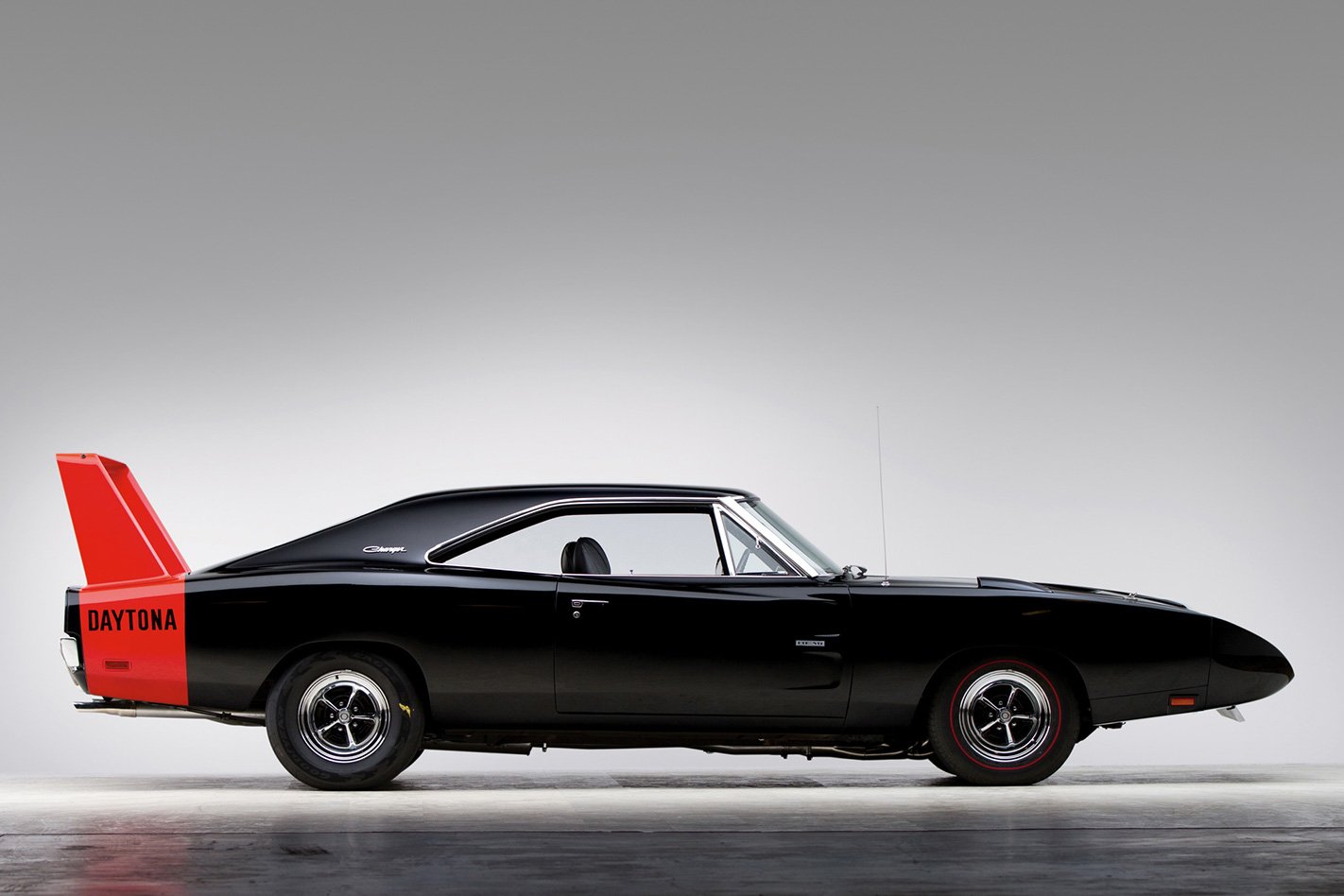
The Dodge Charger Daytona and near-identical Plymouth Road Runner Superbird drove NASCAR to the edge of its rules.
With post-war rocket scientists aiding body design, the 6.9-litre V8 powered Daytona both looked and went like one – topping 380km/h in testing. Its dominant 1970 season, where it became first to pass 322km/h, was NASCAR’s R32 GT-R moment. In 1971 it hit ‘wing’ cars with a 5.0-litre limit to re-shape the series forever.
8: Nissan R33 GT-R LM | Produced: 1995 | Number Built: One | Price: No.
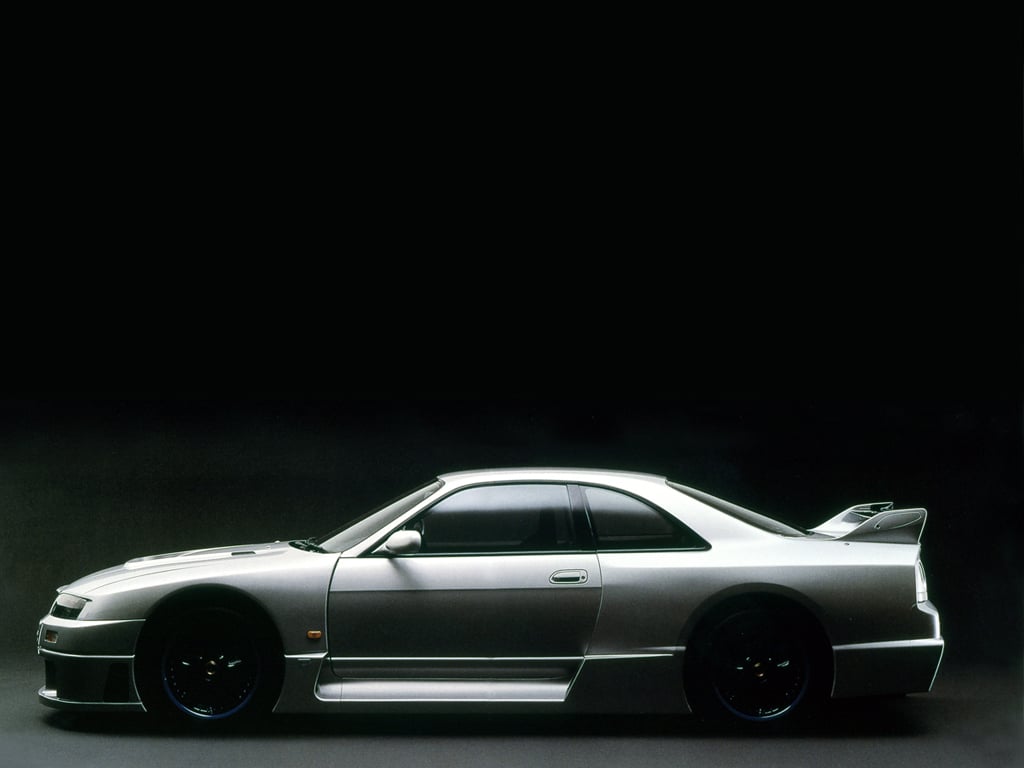
Nissan’s desire to win the Le Mans 24 Hour took an odd turn when sportscar rules ditched F1-scaring prototypes for production-based cars in the early 90s.
Nissan looked to its relatively humble R33 Skyline GT-R to take on Ferrari F40s and McLaren F1s. For homologation, Nismo widened the R33 by 100mm and ditched AWD for RWD, driving weight down to 1150kg.
The sole LM was registered in the UK and now lives at Nismo’s heritage collection in Japan.
7: Mitsubishi Pajero Evolution | Produced: 1997-98 | Number Built: 2500 | Price: $42,495 (conv.)

That Mitsubishi’s Paris-Dakar success towers above its WRC campaign reveals its domination of the gruelling trans-continent race.
Mitsubishi won it 12 times overall since 1983, more than anyone else and solely with the Pajero. But it wasn’t until 1997 that it delivered a road homologation.
Named Evolution after the racecar built to T2 rules, the V20-based two-door sported wider guards, an alloy bonnet, long-travel dampers, Torsen LSDs and Recaros.
Its 3.5-litre V6 put 206kW/349Nm through a dual-range drivetrain with either a five-speed manual or auto ’box.
Although good for 205km/h, its talent was jumping dunes on a 2420mm wheelbase.
6. BMW M3 GTR Street | Produced: 2001 | Number Built: Six | Price: €250,000
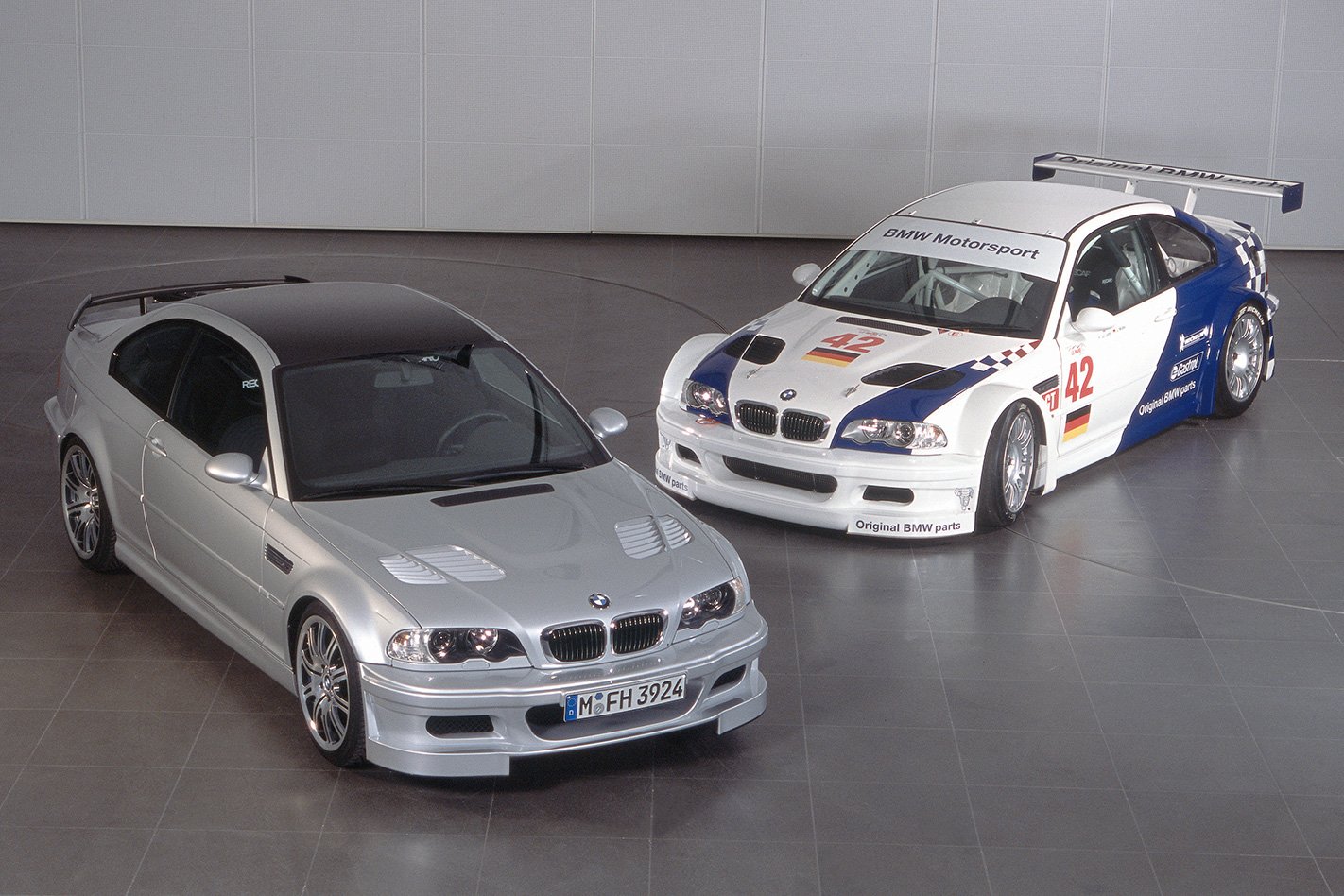
BMW might be set to swap V8 power for an inline six in GT3, but 20 years ago it was the other way around.
Spurred on by Porsche’s dominance of the E46 M3 racer in the American Le Mans Series, BMW leaned on the team that built its F1 V10 engine to replace the car’s rev-hungry 3.2-litre six that choked on the mandated restrictor.
The result was the dry sump P60B40, a 4.0-litre DOHC V8 that put out 331kW. While only 18kW more, the V8 weighed less than the six and produced an all-conquering 480Nm.
Because the rules asked it feature in 10 production road cars, BMW detuned the V8 to 283kW for a GTR Street with CFRP panels and a six-speed manual. Sadly, only six were built before a rule change in ’02 turned BMW off ALMS.
5. Mercedes-Benz 190E 2.5-16 Evo II | Produced: 1990 | Number Built: 502 | Price: $94,311 (conv.)

While the BMW E30 M3’s dominating DTM results overshadowed Mercedes-Benz’s 190E 2.3-16 in the late 80s, the tides turned in a big way for 1988.
That was the year Mercedes announced the Evolution, which took the 2.3-16’s Cosworth built atmo DOHC four then bored and stroked it to 2.5 litres. Then only two years later the Evo II arrived, bumping the 2.5’s rev limit to 7700rpm and outputs to 173kW/243Nm.
The Evo II also upped brake sizes, widened tracks and stiffened suspension, all to aid the outrageous but downforce-rich bodywork.
Inside? It was all class – with only a fire extinguisher a pointed reminder of its intent. All 502 were built in blue-black and with it Mercedes won its first DTM championship in 1992.
4. Ford Falcon XY GT-HO Phase III | Produced: 1971 | Number Built: 300 | Price: $5250
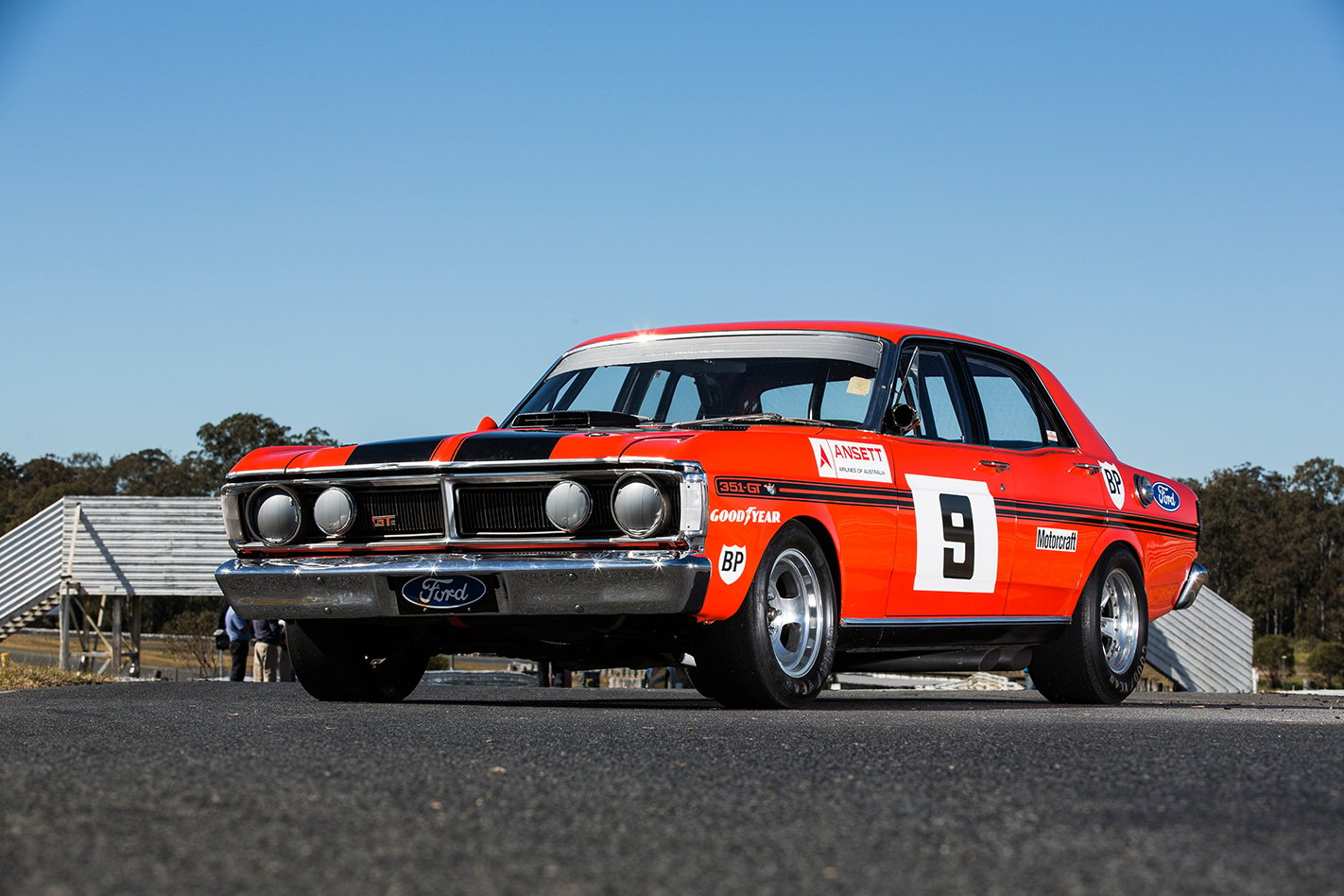
Ford’s Falcon GT-HO Phase III became the pinnacle of Aussie race car homologation when Bathurst meant everything to a local car maker.
Set to race in 1971 and evolve the XW Phase II, the III was Oz’s greatest muscle car without argument –and not only because it filled the top six spots in Bathurst’s parc ferme.
The 300 units made for the road scored thicker swaybars, longer front springs, PBR front brakes, uprated rear drums, Detroit locker diff and wings at either end to justify a Handling Option suffix.
But the III was really about its engine. The 5.7-litre OHV V8 was claimed to make 224kW but it really was around 285kW, thanks to machined heads, better valve gear and an aggro cam. With a four-speed manual it was good for mid 14s, while Wheels sent one up to 224km/h.
3. Chevrolet Camaro ZL1 | Produced: 1969 | Number Built: 50 | Price: US$7200
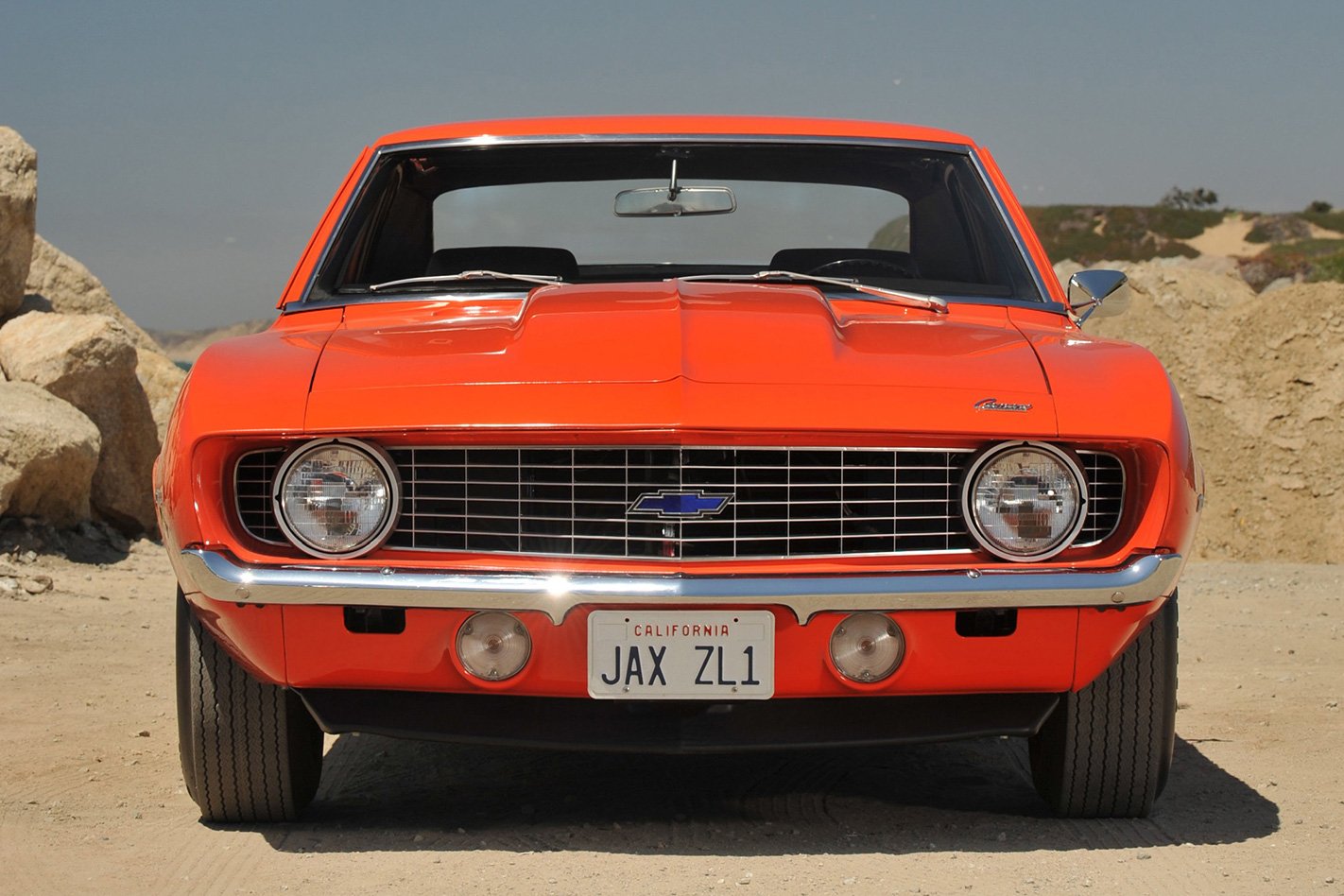
Back in the 60s, the Chevrolet Camaro and Ford Mustang rivalry was destined to spill out from showrooms to drag strips.
But Chevrolet’s ban on putting donks over 6.5L in passenger cars robbed it of a true quarter mile hero.
So, driven by racer and dealer Fred Gibb’s enthusiasm, Chevrolet used its Central Order Production Office – used to build taxis and police cars on factory lines – to sneak its then-brand-new Can-Am 7.0-litre aluminium V8 into 50 Camaros. The 313kW/680Nm result was a natural for national drag racing qualification.
Expensive at the time, Gibb, who ordered the whole batch, only sold 13, forcing Chevrolet take the remaining 37. Want one now? Seven figures please.
2. McLaren F1 GT Longtail | Produced: 1997 | Number Built: Three | Price: Erm…
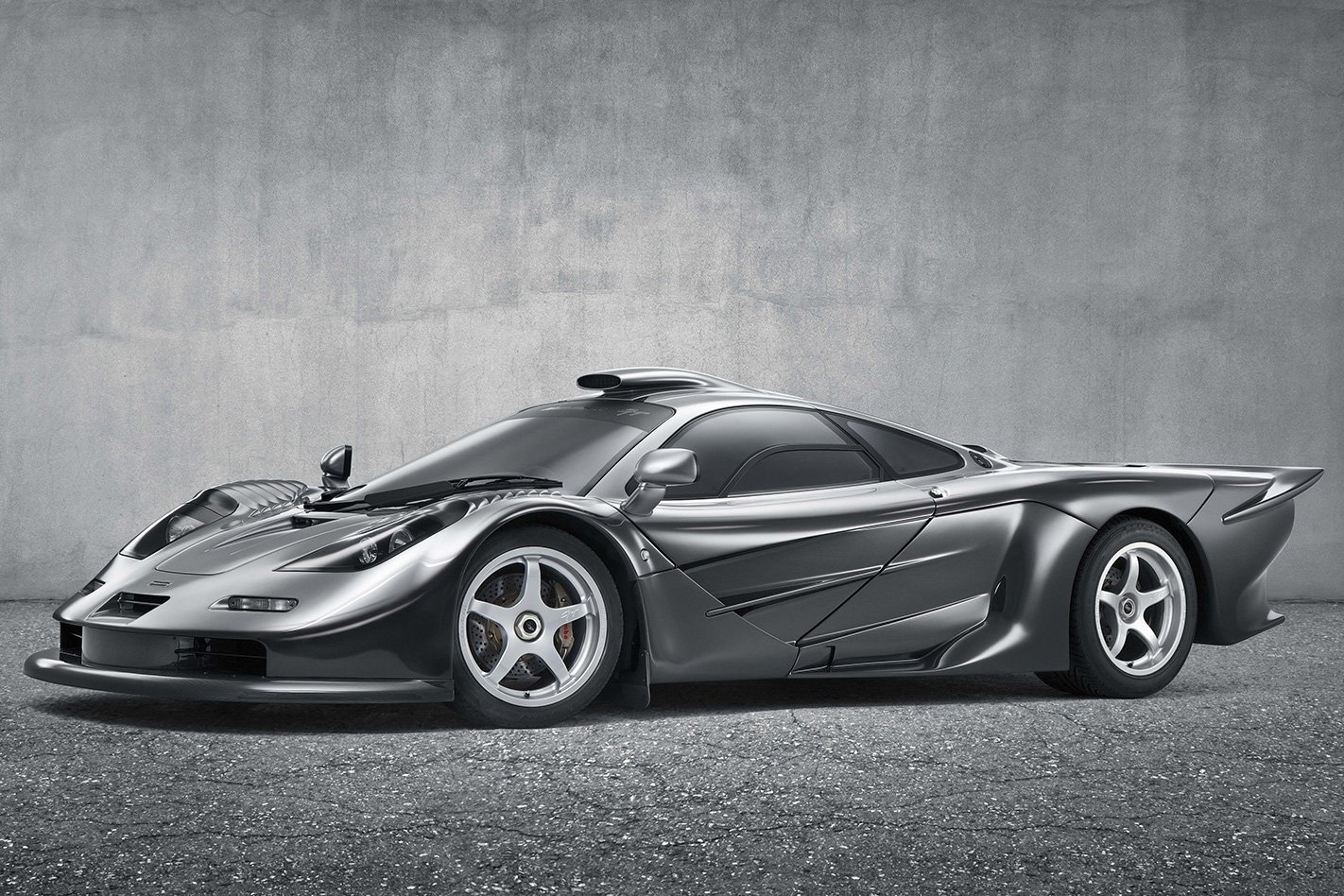
It’s hard to believe the McLaren F1 “was a road car never designed to go racing” since the GTR cleaned up Le Mans outright in 1995.
But the Longtail was born to take on Porsche and Mercedes-Benz’s bespoke GT1 racers in following years.
Three were built to qualify for racing, they added 640mm length to boost downforce. Their 6.1-litre V12s also packed 40kW extra.
The LT won its class at Le Mans ’97 but retired after losing the overall championship.
1. Ferrari 340 MM | Produced: 1953 | Number Built: 10 | Price: US$18,000
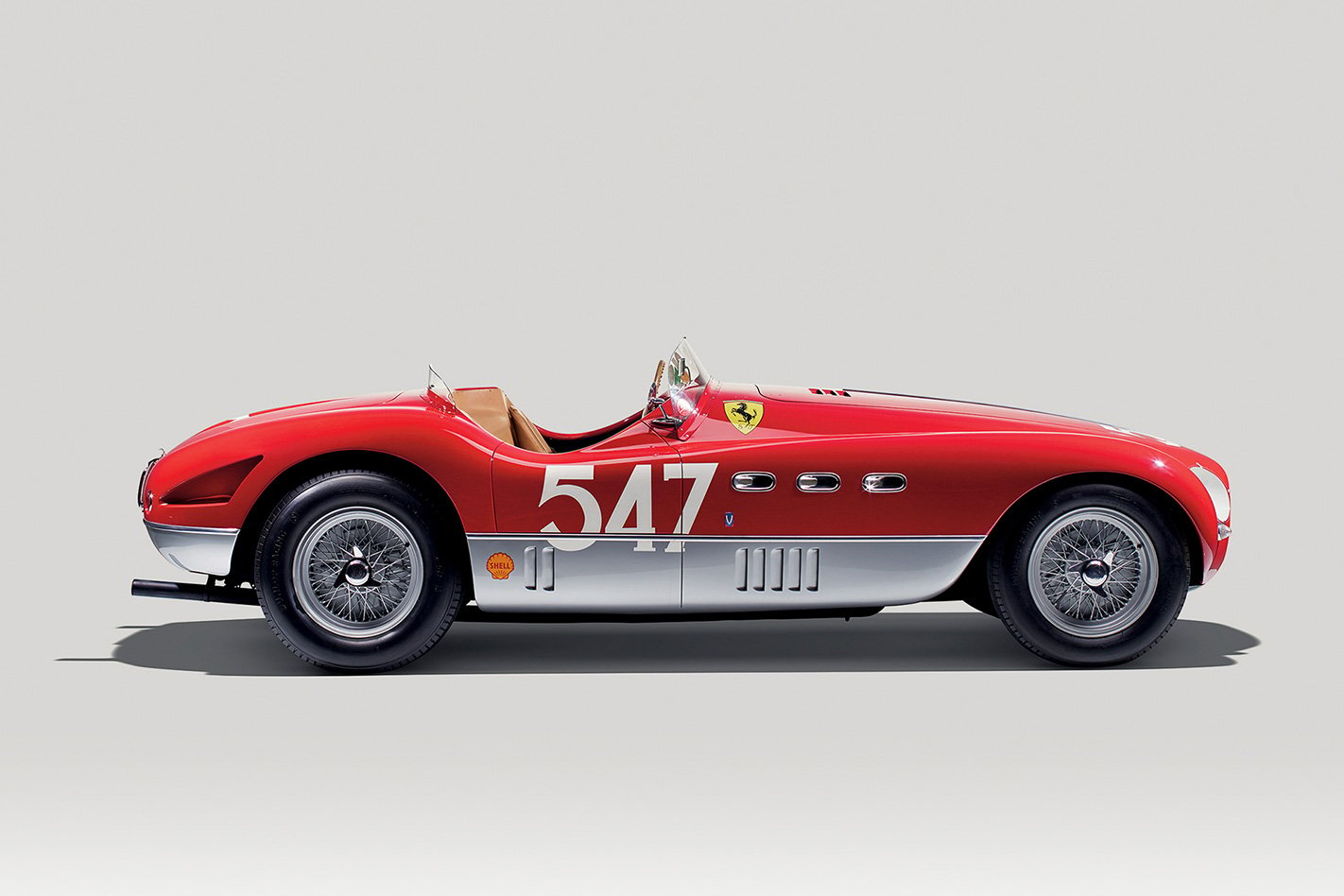
Ferrari’s motorsport reputation beyond F1 was forged in great endurance street races like Italy’s Mille Miglia.
And although the 4.1-litre V12-powered 340 continued the brand’s dominant win streak in the 50s, it was the MM that tied its provenance through name to the race it won in 1953.
Of the 10 made, the five open-top Vignale-designed versions weighed 850kg dry for 242kW per tonne, all on a 2500mm wheelbase (!). Its top speed went from 240km/h to 282km/h.






